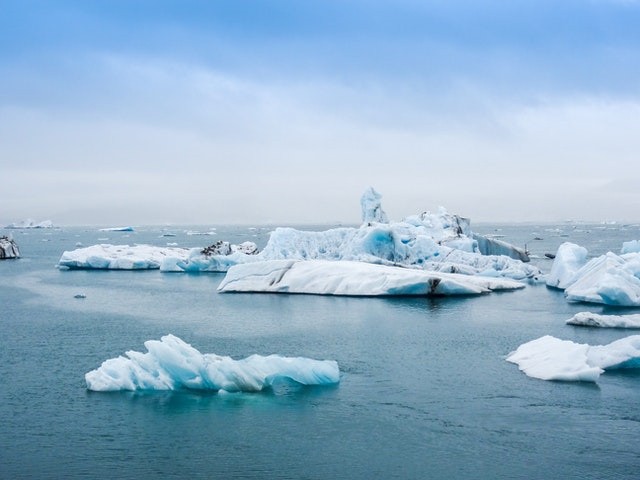Massive melting of glaciers has led to the tilting of the planet's rotation, uncovering the impact of human activities. The vast melting of glaciers due to global heating has brought about shifts in the Earth's axis of rotation since the 1990s, study has revealed.

The Geographic North and South Poles of the Planet
Scientists said it exemplifies the great impact humans are having on the planet. The geographic north and south poles of the planet are the point where its axis of rotation divides the surface, but they are not permanent. Changes in how the mass of the earth is dispersed all over the planet cause the axis, and also the poles, to change position.
Previously, only natural factors like the movement of hot rock in the deep Earth and ocean currents lead to the drifting of the pole's position. But the new study uncovers that since the 1990s, the loss of hundreds of billions of tonnes of ice in a year into the oceans due to the climate crisis has made the poles move in another direction.
Glacial Ice Melting
The scientists discovered the polar drift direction in 1995 shifted from southward to eastward and that the standard speed of drift from 1995 to 2020 was 17 times quicker than from 1981 to 1995. The position of the poles has moved approximately 4 metres in distance since 1980.
The team, headed by Shanshan Deng, from the Institute of Geographic Sciences and Natural Resources Research at the Chinese Academy of Sciences concluded: "The accelerated decrease [in water preserved on land] due to glacial ice melting is the major driver of the fast polar drift after the 1990s.
"Gravity data from the Grace satellite, launched in 2002, had been used to connect glacial melting to pole movement in 2005 and 2012, both following rise in ice losses. But the research of Deng breaks new ground by extending the connection before the launching of the satellite, uncovering that since the 1990s human activities have been shifting the poles, about three decades ago.

Groundwater Pumping
The research, released in the journal Geophysical Research Letters, revealed the losses of glacial accounted for most of the shift, but it is possible that the pumping up of groundwater also caused the movements.
Groundwater is preserved under the land but, once pumped up for agriculture or drinking, finally flows to the sea, reallocating its weight all over the world. Humanity has withdrawn 18tn tonnes of water from deep reservoirs that are underground without it being replaced.
Vincent Humphrey, at the University of Zurich, Switzerland, and not a part of the new study said it revealed how human activities have redispersed huge quantity of water all over the planet: "It tells you how powerful this mass change is - it's so enormous that it can change the Earth's axis."
However, the movement of the Earth's axis is not big enough to affect everyday life, he said: it could alter the duration of a day, but just by milliseconds.
For more news, updates about change in climate and similar topics don't forget to follow Nature World News!
© 2026 NatureWorldNews.com All rights reserved. Do not reproduce without permission.





